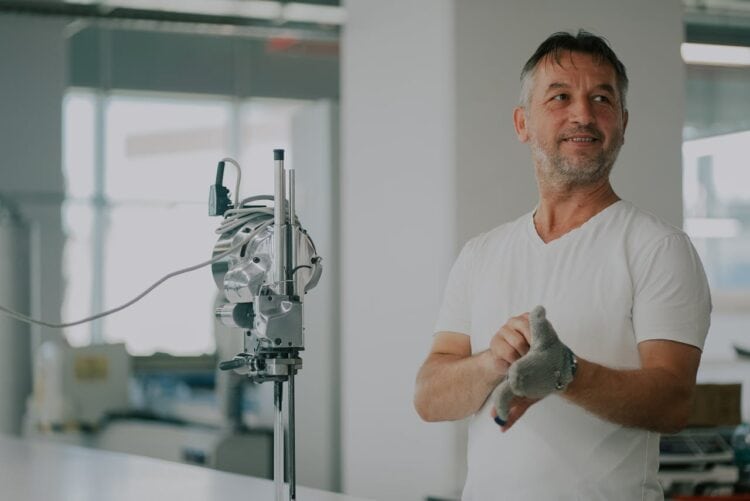According to ABI Research’s Industrial and Manufacturing Survey 1H 2024: Extended Reality (XR) report, smart glasses and VR headsets are in a similar stage and outlook to digital twins, machine vision, and artificial intelligence (AI)-enhanced devices among industrial and manufacturing operators.
In a survey of over 460 respondents across roles in discrete and process manufacturing, 68% indicated some level of XR consideration, with the other 32% at some stage of actual implementation.

“The value of XR to organizations has been known for years, especially in areas like training, remote workforce enablement, and collaboration. However, the barriers to that value have also been well-known and remain. Device cost, integration concerns, and confusion around offerings are most common,” says ABI Research's research director, Eric Abbruzzese.
Companies are evaluating XR suppliers with 30% at some deployment stage, from creating implementation programs (10%) to completing XR integration in all relevant areas (2%) – a behaviour akin to digital transformation technologies, especially in the evaluation stages.
Where they differ, however, is when XR is more often in consideration for adoption over the next 12-24 months rather than in active Proofs of Concept (PoC) or supplier evaluation compared to other technologies.
A similar priority for respondents included improving equipment performance and quality levels. XR adoption in Asia's manufacturing sector is still nascent but offers clear benefits such as remote maintenance, interactive training, and efficient knowledge sharing.
However, significant barriers, including time constraints and limited XR expertise, hinder investment and implementation. ABI Research respondents highlighted difficulties defining solution needs and concerns about unclear Return on Investment (ROI). These challenges are compounded by a fragmented market and a rapidly evolving landscape.
“The XR market has seen plenty of ups and downs over the past decade, which has hindered trust and understanding in the market despite proven value. A lack of clarity among available platforms and paths to market hold back potential adoption,” he cautioned.
On the upside, he added that the growth of related digital transformation technologies, especially digital twins and machine vision, is a boon for XR and vice versa.
“Over time, a more holistic view of visual workforce enablement will take hold, rather than a focus on individual technologies, and XR will be an increasing portion of that offering,” concludes Abbruzzese.



